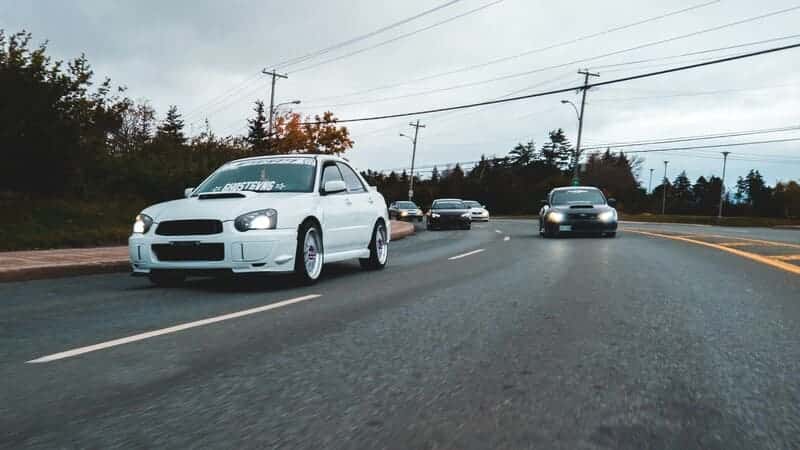Checker Motors Corporation was a vehicle manufacturer, and later an automotive subcontractor, based in Kalamazoo, Michigan. The company was started by Morris Markin in 1922, created by a merger of the companies Commonwealth Motors and Markin Automobile Body, and was initially named the Checker Cab Manufacturing Company. The manufacturer was originally based in Chicago before moving to Kalamazoo in 1923. The company was renamed Checker Motors in 1958. They are iconic. Do you remember them?
Checker Motors Corporate History

There were several versions of the Checker production. Rather than focus on those, we will focus instead in this article on the corporate history. Foremost, the company made the iconic American taxi cab, valued by taxicab companies for its durability in heavy use. They made more than 29,00 taxicabs. Special features included wide rear doors, large rear seats and trunks, and jump seats for two extra passengers. In later years, the company had trouble competing with fleet discounts offered by the larger manufacturers, as well as economies of scale in procuring components. The final models were produced in 1982.
Commonwealth Motors introduced the Mogul Taxi in 1919. Commonwealth could trace its history back to the DeSchaum Motor Syndicate, later renamed Suburban Limiteds, which was founded in 1908 in Buffalo, New York. The Mogul was founded in the late 1910s by Russian immigrant Abraham Lomberg in Joliet, Illinois. Soon after, he looked for capital to increase the capacity for the Mogul and took out a $15,000 personal loan from businessman Morris Markin. Markin had emigrated from Russia in 1913 and worked as a clothier in Chicago, Illinois, earning his fortune by winning a contract to supply uniforms to the United States Army during World War I.
Mogul sales continued to be slow, but Commonwealth was rescued temporarily from bankruptcy by a large order from Checker Taxi in late 1920. At the time, the taxi was privately owned and had no affiliation with Markin. Markin gradually acquired the unrelated taxicab operator Checker Taxi of Chicago over the course of the 1920s. In 1929, he purchased Checker Taxi’s rival Yellow Cab Company, from John D. Hertz, who had grown weary. The two operators were merged into the Parmelee Transportation Company. From 1922 to 1928, Checker Cab made and sold 8,019 taxicabs to various operators.
Between 1929 and 1942, when production was suspended for World War II, Checker Cab made 29,260 cabs. After the war, Checker Cab began developing several new models which never made it to production; the Model A2, which was introduced in 1947, was mechanically similar to the pre-war model. The Model A also had switched to a new engine supplier; Checker cabs now used the Continental inline-six. The A2 was introduced alongside the A3, which had a different internal configuration to seat up to eight passengers. The A2/A3 went through minor modifications, as did the A4/A5 and A6/A7. In addition to taxicabs, Checker briefly built the chassis for the Series E transit buses; the primary customer was Detroit Street Railways.
In 1956, the A8 was introduced, which continued with minor styling changes as the A9/A10 and A11/A12 through the end of vehicle production in 1982. Also, that year, the company changed its name to Checker Motors Corporation. The A9 was the designation for the taxicab model, while the A10 was the corresponding vehicle sold to the public as a passenger car; a similar relationship exists between the A11 and A12, which were introduced in 1961. By the 1970s, conventional automobiles from the Big Three were replacing the purpose-built Checker Cabs. In 1982, with the body stamping dies wearing out, production of the Checker Cab was discontinued.
Conclusion
These cars were iconic, and it is right that the spotlight be put on them. This article highlighted a piece of Americana. It is important to know the origins and corporate machinations that took place in the origin of these cars. People do not know the early history of these cars; it is an important history to know because it shaped how these cars were produced. Since the last one of these cars was produced in 1982, when the company went bankrupt.






